
England's Strategic Road Network (SRN) has an estimated value of £127 billion.
The Strategic Road Network consists of 4,300 miles of motorway and major A-roads, 18,500 bridges and build structures, 21,000 miles of drains, 150,000 technology assets and signs.
The Strategic Road Network accounts for only 2% of the roads in England, yet carries 34% of all traffic and 69% of all lorry traffic.
1 billion tonnes of freight each year are transported on the Strategic Road Network.
4 million people drive on the network every day.
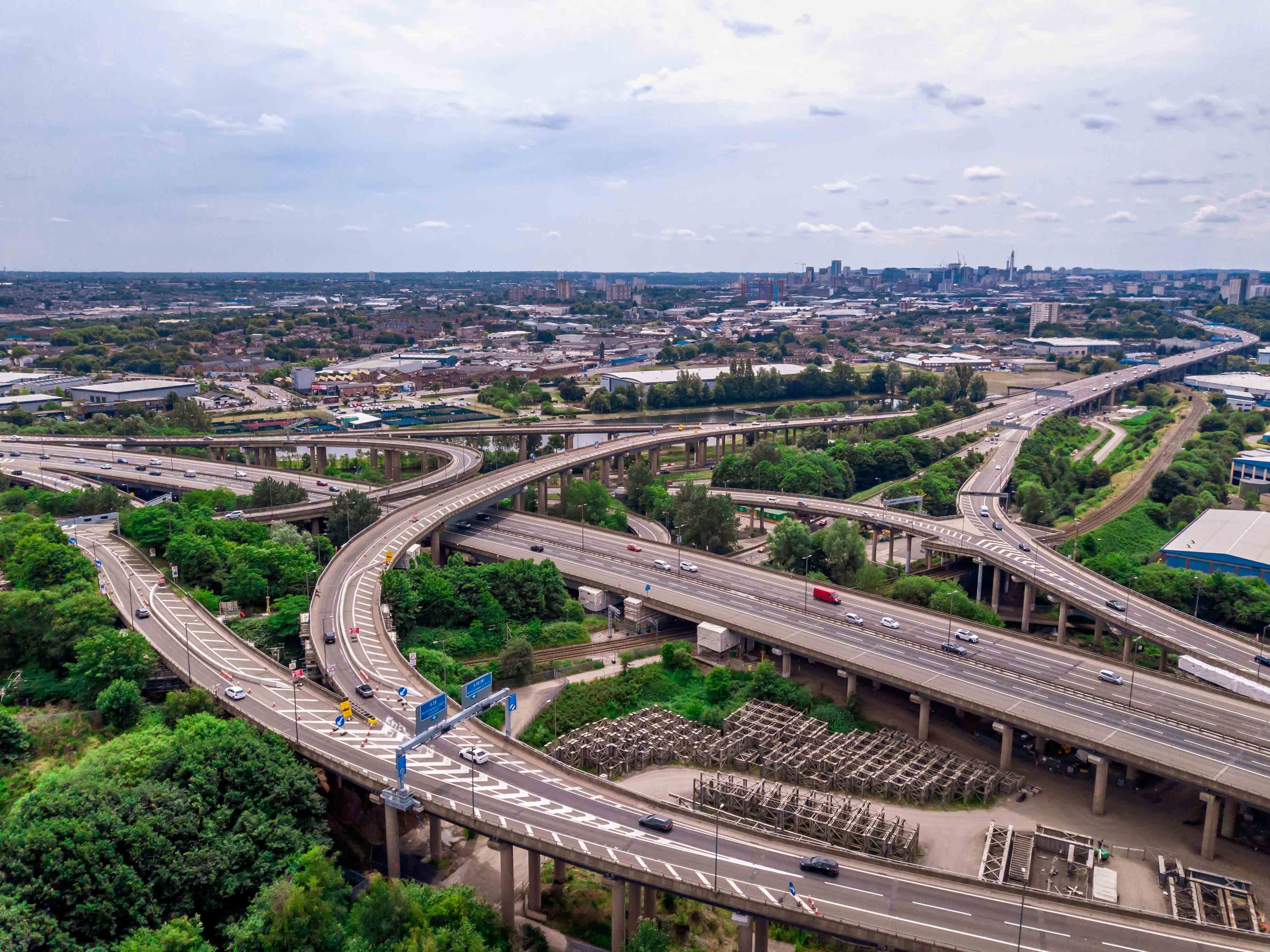
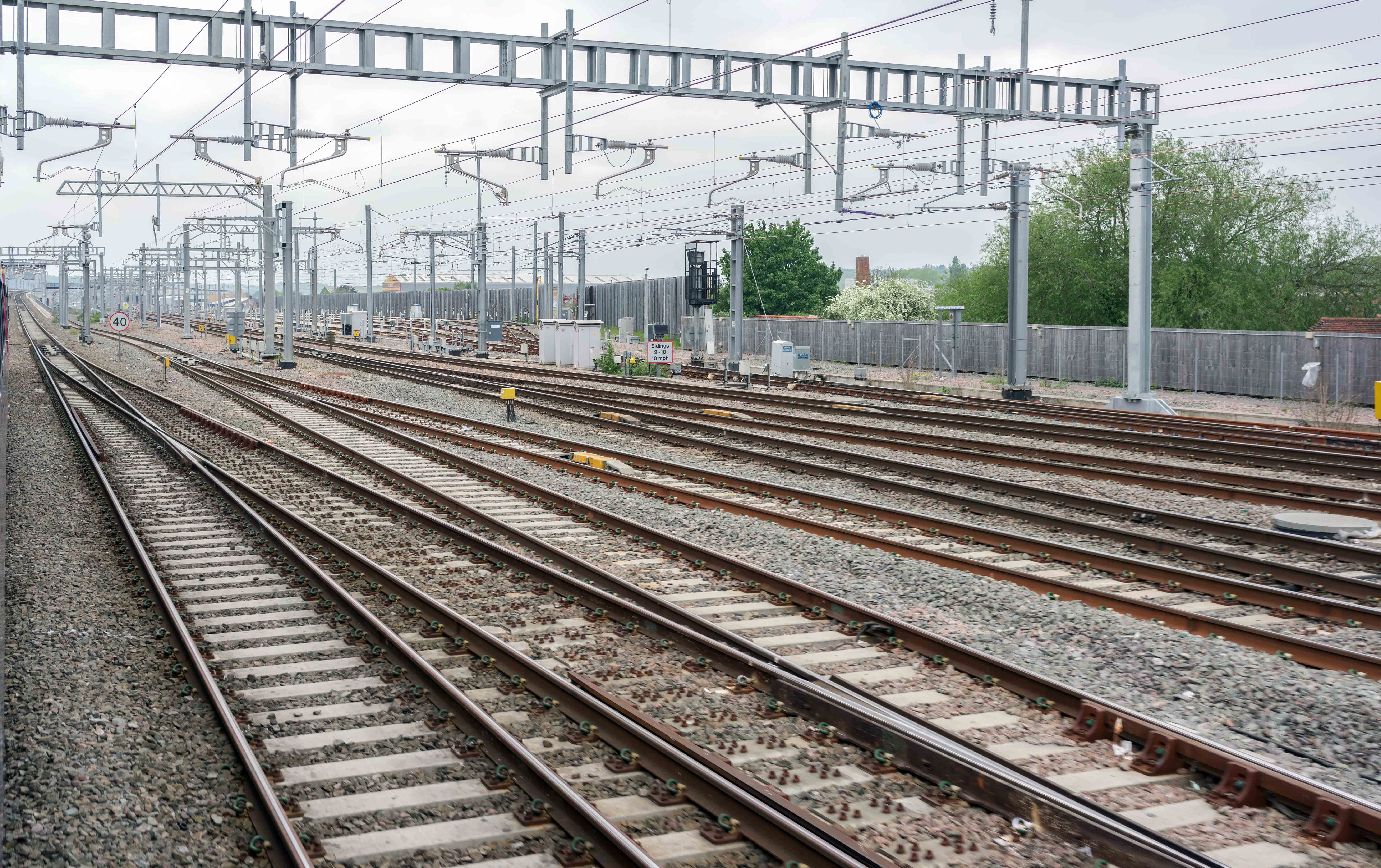
Every year around 1.7 billion passenger journeys are made on the British rail network and 1.1 billion tonnes of freight are transported.
Demand for rail services has more than doubled over the last 20 years, yet rail still accounts for only 2% of all trips made and 8% of distance travelled in England.
The increasingly frequent, severe weather conditions create a major challenge for maintaining safety performance.
Most earthworks and drainage alongside the railway were built more than 150 years ago without detailed engineering design.
The average age of rolling stock for all train operators is 17.3 years.
95% of British imports and exports in goods are moved by sea, including 25% of the UK's energy supply and 48% of the country's food supplies.
The government has provided critical support to key ports around the UK through their Local Resilience Forums to mitigate potential disruption post-Brexit.
£200 million allocated towards the Port Infrastructure Fund to ensure that freight continues to flow smoothly in and out of the UK's ports.
£160 million is required to upgrade UK ports and manufacturing facilities.
Digitising paper-based processes and transactions will increase operational and cost efficiency for shipping.
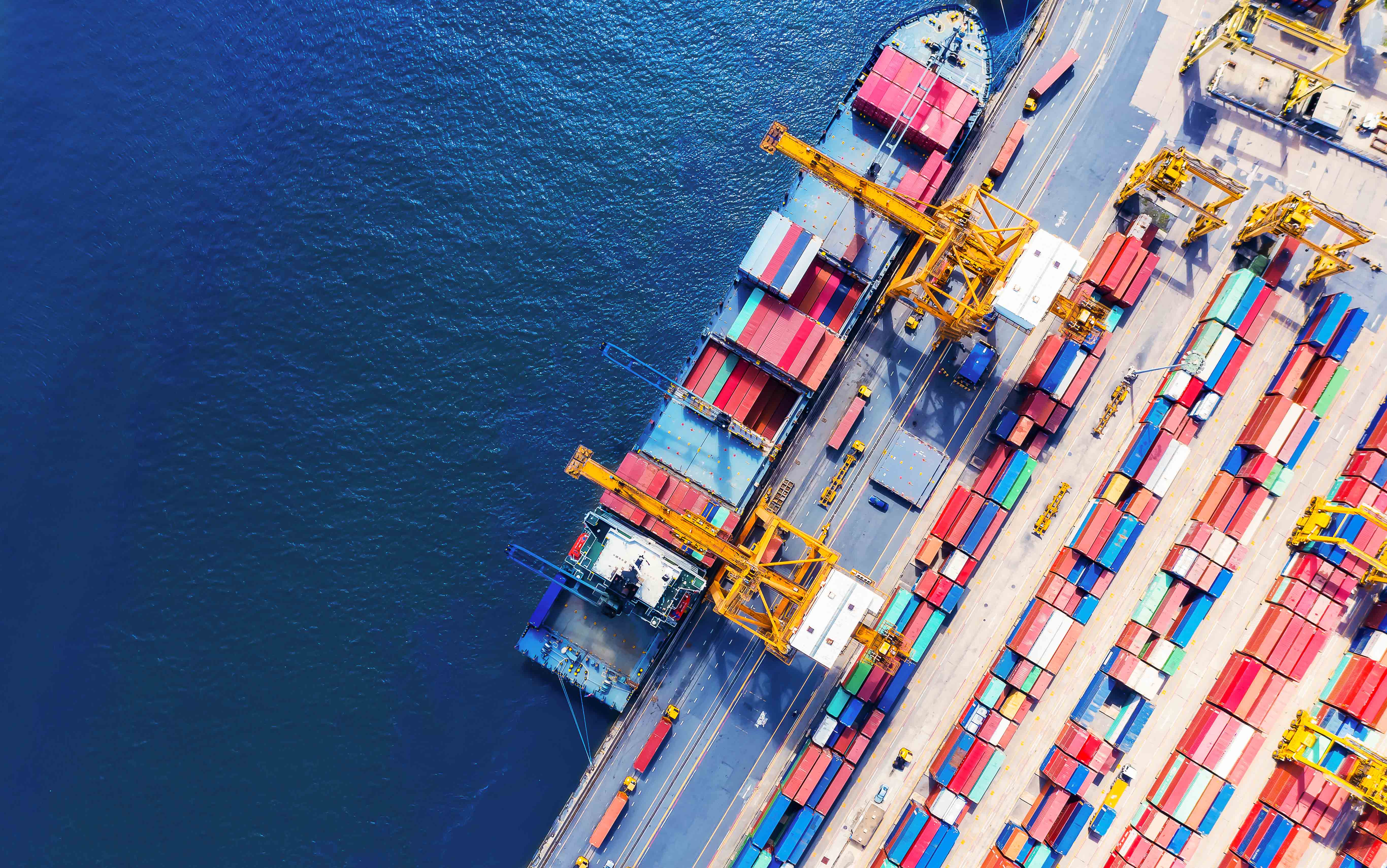
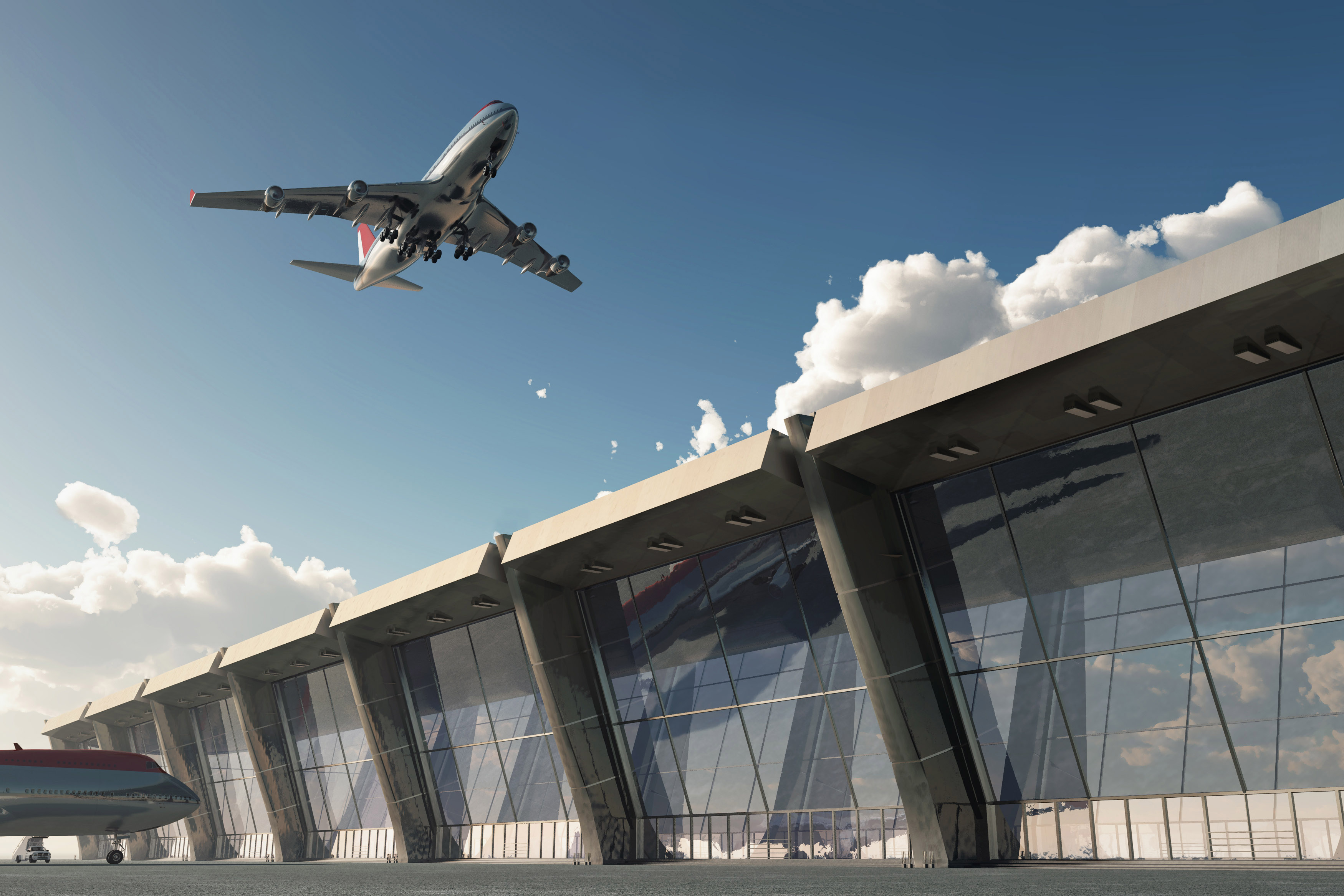
The UK has the third-largest aviation network in the world, regulated by the Civil Aviation Authority (CAA). The UK's airport infrastructure is seen to be key to Britain's economic growth.
In 2019 there were over 300 million passenger journeys with 19 million of them being domestic flights. It is estimated that this number will return by 2024 following the pandemic and double by 2030.
Over 79 metric tonnes of freight are moved domestically through the air. This accounts for 40% of UK imports and exports by value and is crucial for the future of global Britain.
There is a post-COVID focus on airport capacity and efficiency, from footfall through airports, moving bags, people and cargo around site safely and securely.
Reducing CO2, noise and delays remain key challenges.
The majority of motorway bridges were made in the 1950s or 1960s and are reaching the end of their lives either due to degradation or motorway widening. Ultimately these bridges will need to be replaced within our lifetime.
The cost of replacing all these bridges is in excess of £900 billion, which would produce 1.3 metric tonnes of CO2.
More than 3,000 council-maintained bridges in Great Britain are substandard meaning that they are unable to carry the heaviest vehicles now seen on our roads.
An estimated £6.7 billion would be needed to carry out the remedial work on the tens of thousands of local authority bridges.
The one-off cost for clearing the total maintenance backlog for the near 72,000 council-managed road bridges in Great Britain has increased by a third.
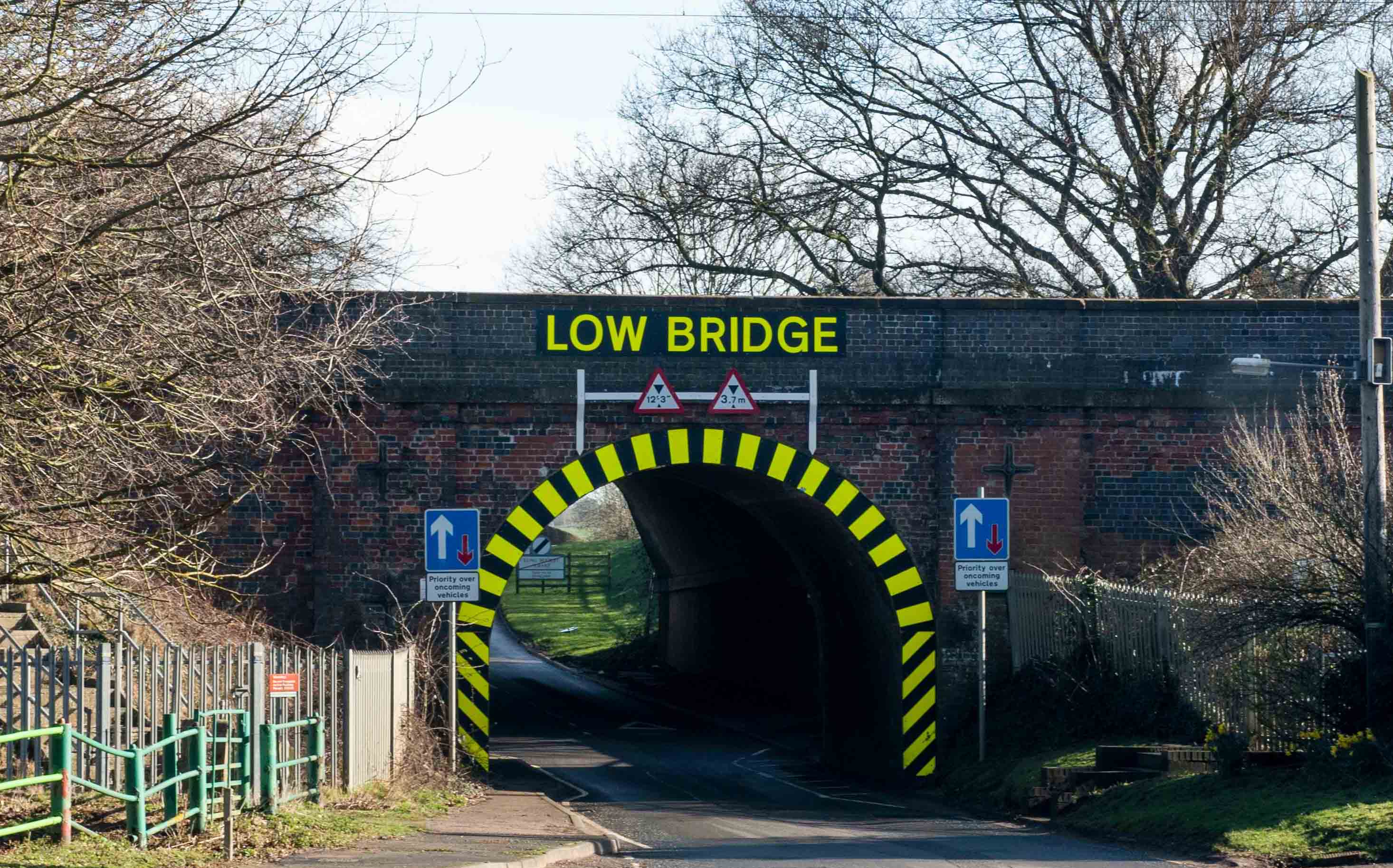
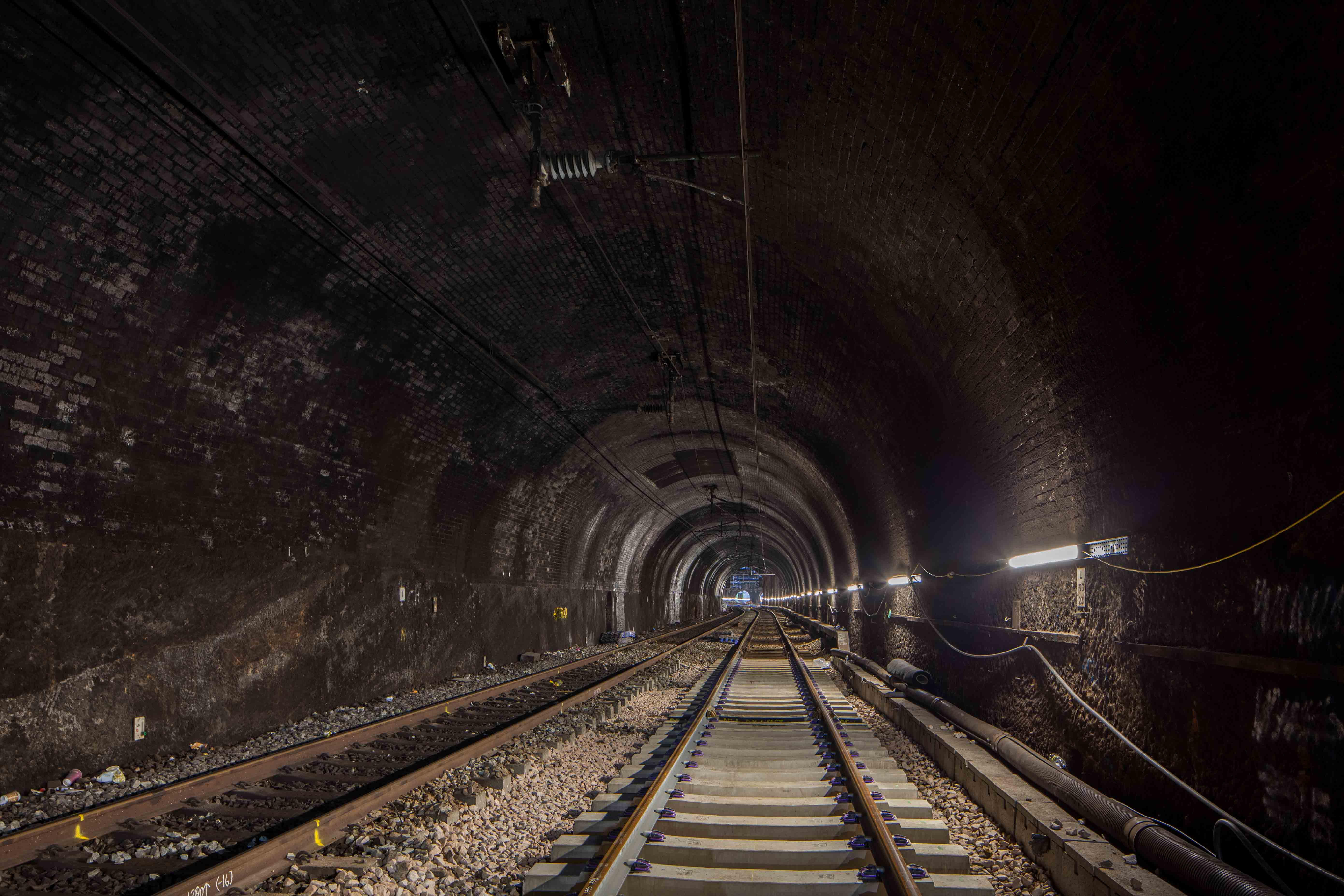
There are more than 500 transport tunnels in the UK with and 80% of these are rail tunnels.
More than 90% of the rail tunnels in the UK were built in the 19th Century.
The UK has the second-highest cost for road tunnels in Europe.
Depending on the outside diameter, tunnel cost in the UK ranges between £8 and £50 million/km (for the 3-13m diameter range).
The estimated tunnels cost within HS2 Phase 1 programme is in excess of £10 billion.
Construction logistics accounts for about 33% of the freight traffic in cities.
10% of a workers time is estimated to be spent waiting for materials and up to 50% of their time on logistic related tasks.
There is a big focus on becoming more environmentally friendly. Logistics requires development and wholesale use of new technologies.
Supply chain management and the organisation of logistics affects the overall cost, quality, duration, project's image and sustainability.
70% of the population increase has taken place in urban areas meaning the challenge of supply chain management has become even more crucial as the rising demand for more infrastructure increase the construction footprint.

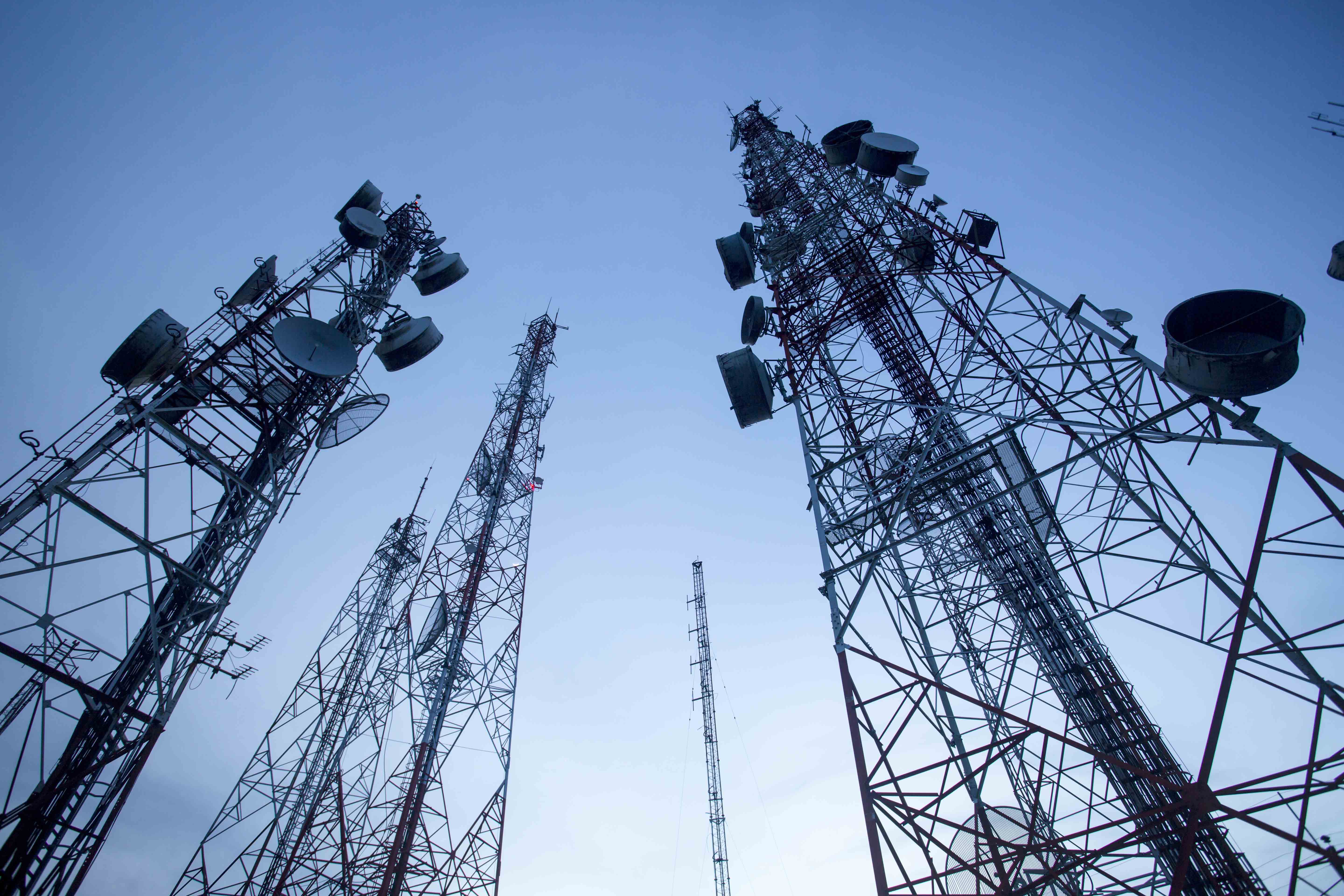
The UK has the fifth-largest number of broadband and mobile subscriptions in the OECD (Organisation for Economic Co-operation and Development) and more people in the UK shop online than in any EU member state.
The government is working with industry to target a minimum of 85% gigabit capable coverage by 2025.
Globally, 5G will generate an economic value of $600 billion to $1.2 trillion by 2026.
Real-time automation, monitoring and tracking, enhanced video services, remote operation and connected vehicles are the top 5 use case clusters.
Issues such as value chain coordination, data complexities, deployment constraints and use case fragmentation need to be solved.
Share this page: